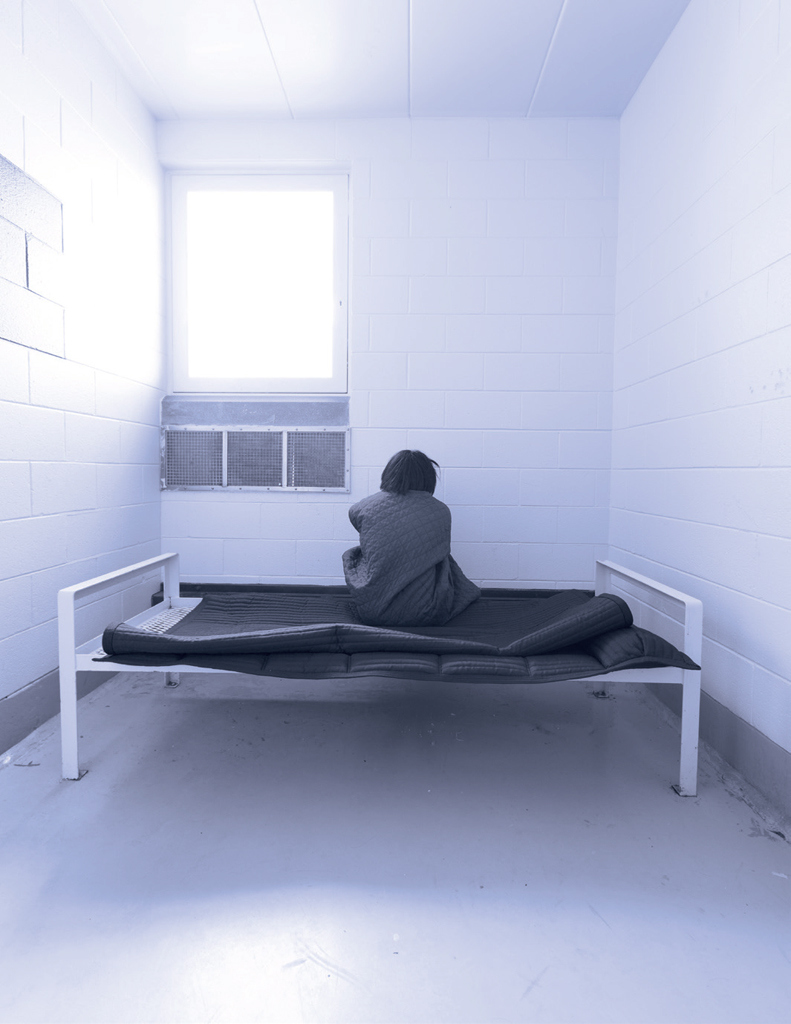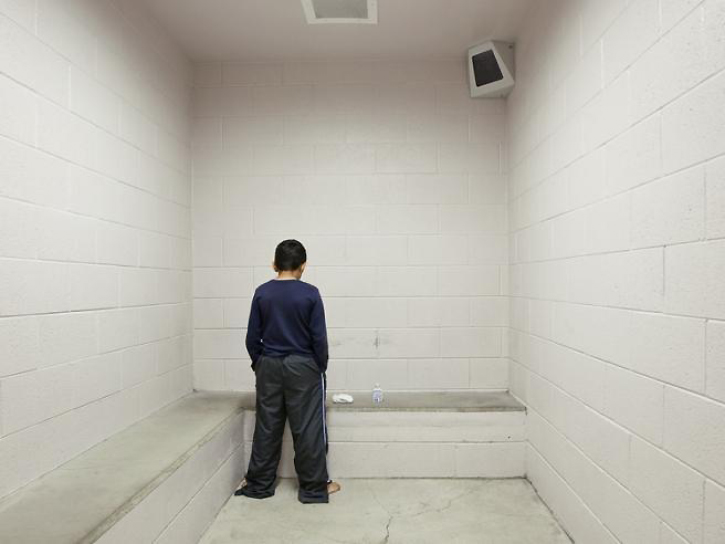Solitary confinement in juvenile facilities remains too widespread, is unnecessary and counterproductive, is unfairly applied and is harmful, a new report says.
In addition, experts lament the fact that there’s “a desperate need for better data on disparate treatment within facilities,” said Jessica Feierman, associate director of the Juvenile Law Center and one of the report’s authors.
In the report, which aims to bridge the information gap, the center presents raw testimony from people who have experienced solitary, data on frequency and length of confinement, and solution-oriented litigation and policy strategies.
Karen U. Lindell, staff attorney at the center and another co-author, hopes that individual defenders, parents and people who run correctional institutions will find concrete tools and tactics, recent case law and policy examples in the report to help them limit and eliminate solitary confinement.
Litigation strategies include arguing for child-specific constitutional standards and challenging the failure to provide a meaningful education while ensuring post-disposition representation. Visiting local facilities and working with advocates and parents is also recommended to broaden the potential for outreach and education. The report will be the center of a congressional briefing this afternoon.
“This is a problem that can be solved,” Feierman said.
Almost half of juvenile facilities report that they isolate youth for more than four hours to control behavior. That time ranges from hours to months on end. Basic necessities such as mattresses, sheets, showers and utensils for eating plus mental health treatment are not guaranteed in solitary, let alone niceties such as outdoor time, books or writing materials.

“This is something that if I did it to my own children it would be called child abuse,” she said.
Reasons reported for use of solitary confinement range from understaffing and administrative convenience to discipline and self-harm prevention. Some subsets of the population are more likely to get put into isolation. Youth identifying as LGBTQ are at “heightened risk” of being put into solitary, as are youth of color and youth with disabilities, the report said.
Youth can be detained from 22 to 23 hours a day, with their only human contact the glimpse of a hand pushing meals through the door slat or the guard escorting you to the shower. For young people with ever-developing minds, this can have perverse effects on their mental health and neurological development.
“Solitary has affected me in ways I have never known,” said Eddie Ellis, founder of One by 1. He was put into solitary confinement at 15. His time there, combined, was 10 years.
“I’ve been diagnosed with PTSD and I’ve had doctors help me out,” he said. “But again, I had an anxiety attack just the other day.”
His memories and those of other youth about their time in solitary support the report’s medical findings: Studies link solitary confinement with suicidal thoughts, severe depression, post-traumatic stress disorder, paranoia and psychosis.
The report paints a grim picture of a widespread yet under-researched practice that not only differs by facility and region, but is also extremely covert — many things behind those isolation chamber walls never escape them.
“It’s very secretive, and they don’t talk to parents about the conditions their kids are under,” said the mother of a young man held in solitary, quoted in the report. Even lawyers are left out of the loop — two-thirds of survey respondents indicated that youth never receive a hearing before being placed in solitary.
The report suggests solitary in youth facilities could be put to an end, should litigators, policymakers and communities continue to unite following the lead of former President Barack Obama, who banned the use of solitary confinement for youth in federal prisons in 2016.

“It was a huge thing for President Barack Obama to come out and target juvenile solitary confinement like that,” Lindell said. “The number of children in federal prison is very small, but it sends a very powerful message to states — this isn't something that's necessary, this is something people are moving away from.”
Lindell pointed to Ohio and Massachusetts as states that have reduced their use of solitary confinement. Between 2014 and 2015 Ohio lessened its use by 88.6 percent, resulting in rates of violence dropping by 20 percent in the same timeframe. Its Department of Youth Services made major shifts in visitation hours and added chats with family via webcam calls, and programming such as sports, life skills classes, and movie nights in order to “decrease reliance on solitary confinement.”
Massachusetts' average confinement time is less than an hour. They have worked to educate their staff on de-escalation tactics and adolescent development training. Like Ohio, Massachusetts has employed evidence-based therapeutic models to shift their culture from a punitive to rehabilitative.
“Any time you can get states to understand that solitary is hurting people, it’s a win,” Ellis said.
The report closes with recommendations for reform to end this practice nationally. It encourages reformists not to settle for “altering” or “ameliorating” solitary conditions “for any reason other than to prevent immediate harm, with clear limits on its use even under emergency circumstances.”
Hello. We have a small favor to ask. Advertising revenues across the media are falling fast. You can see why we need to ask for your help. Our independent journalism on the juvenile justice system takes a lot of time, money and hard work to produce. But we believe it’s crucial — and we think you agree.
If everyone who reads our reporting helps to pay for it, our future would be much more secure. Every bit helps.
Thanks for listening.

Thank you, Ko A. Bragg for making this interview so comfortable for me even though its difficult at times to talk about these things! I would like to thank the Juvenile Law Center for allowing me to be apart of this very important issue. Thank you all for the time and hard work that you put !!
Solitary confinement is being used as a weapon of destruction and it needs to be stopped.
Peace& Love